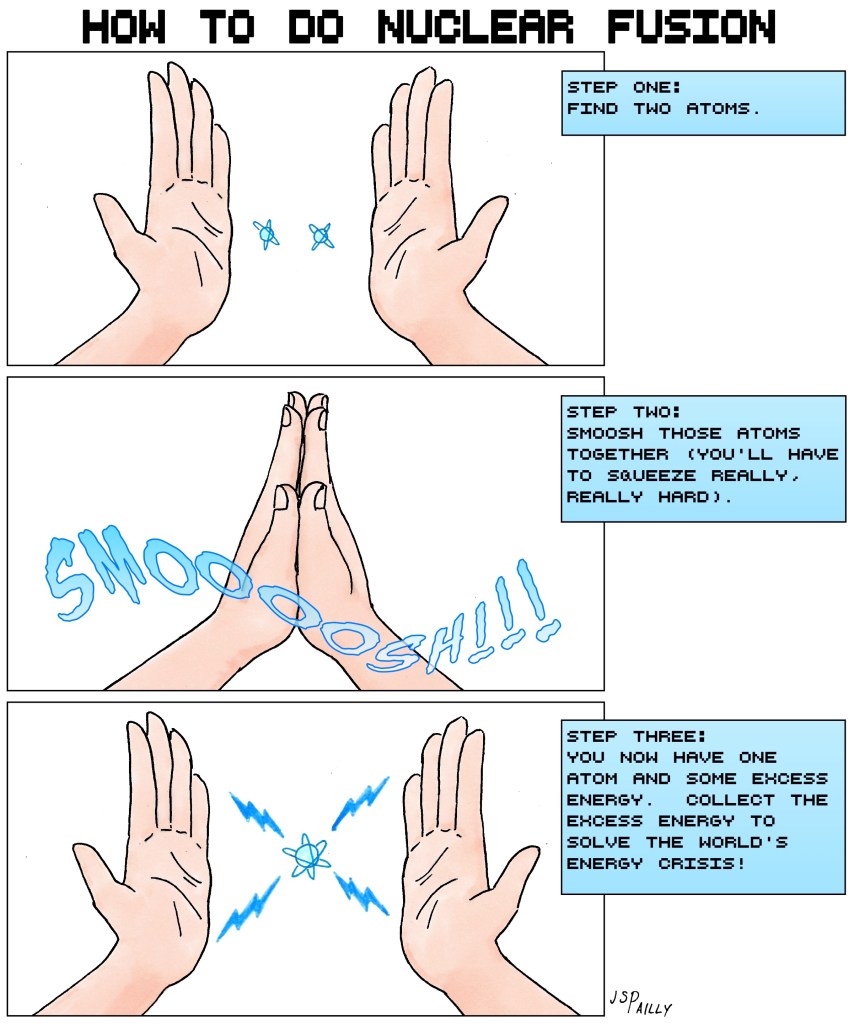Hello, friends!
A little over a week ago, the bodies of two dead extraterrestrials were presented to Mexico’s Congress as evidence that Earth has, in fact, been visited by aliens. My initial reaction, upon first hearing about this, was: Is this it? Is this the proof we’ve all been waiting for? I used to believe in U.F.O.s, and there’s a part of me that still wants to believe. But wanting to believe something doesn’t make it true.
The very first news article I read about this—the very first paragraph of that article, in fact—threw up one of the biggest red flags I’ve ever seen in all my years of researching space and science stuff. I don’t remember who published that article. CNN, Reuters, the Associated Press… it was one of those news sources, I think. Anyway, the article stated in the very first paragraph that scientists used carbon dating to determine the age of these supposed extraterrestrial bodies. Which… come on, seriously?
For anyone who doesn’t know how carbon dating works, I’ll provide a link in the “want to learn more” section below. The important thing is this: carbon dating only works because we know how much carbon-14 (a radioisotope of carbon) is present in Earth’s atmosphere. So if we ever discover a dead organism on Mars, and if we decide to try carbon dating that dead Martian organism, we would first need to know the carbon-14 content of Mars’s atmosphere.
As for these purported extraterrestrials, we don’t even know what planet they (supposedly) came from. We have no way of knowing how much carbon-14 would be in their home planet’s atmosphere, or how much was in the atmosphere aboard their spaceship, or how much would’ve been in the atmospheres of any other worlds they may have visited before they happened to die here on Earth. So why would you even bother carbon dating these alien bodies? What purpose could that possibly serve?
If the people presenting these “extraterrestrials” to Mexico’s Congress were serious scientists doing serious science, they would know all that. They’d know carbon dating is pointless in this situation. The only reason carbon dating was mentioned at all (I presume) is because it sounds very sciency to the general public. It adds an air of scientific legitimacy. “We carbon dated these things, which means they must be what we say they are.”
After turning to some less gullible science news sources, like Live Science and Smithsonian Magazine, I learned that the people behind these alien corpses have a history of “discovering” alien bodies. In previous cases, these “discoveries” have turned out to be the disfigured remains of a child and indigenous Peruvian mummies that were mutilated to appear extraterrestrial. The story gets super gross, and if the allegations are true, then I hope the people who did this are prosecuted to the full extent of the law.
Look, I want to believe in U.F.O.s. I want to believe that Earth has been visited by extraterrestrials. That would be—well, it would be terrifying, in one sense, but it would also be kind of a relief. The notion that we are alone in the universe bothers me on a deep, existential level. But when you really want to believe something like that, it’s important to be extra skeptical of people telling you exactly what you want to hear (or in this case, showing you exactly what you want to see).
The real lesson here is not that Earth has been visited by aliens. The real lesson, I think, is that we should all be on guard against our own wishful thinking. Or maybe the lesson is that if you’re going to talk a big game about carbon dating, make sure you know how carbon dating actually works.
WANT TO LEARN MORE?
As promised, here’s a link to an article from How Stuff Works explaining how carbon dating works.
And here’s an article from Live Science about those extraterrestrial bodies that were shown to Mexico’s Congress and the credibility of the people who showed that.








